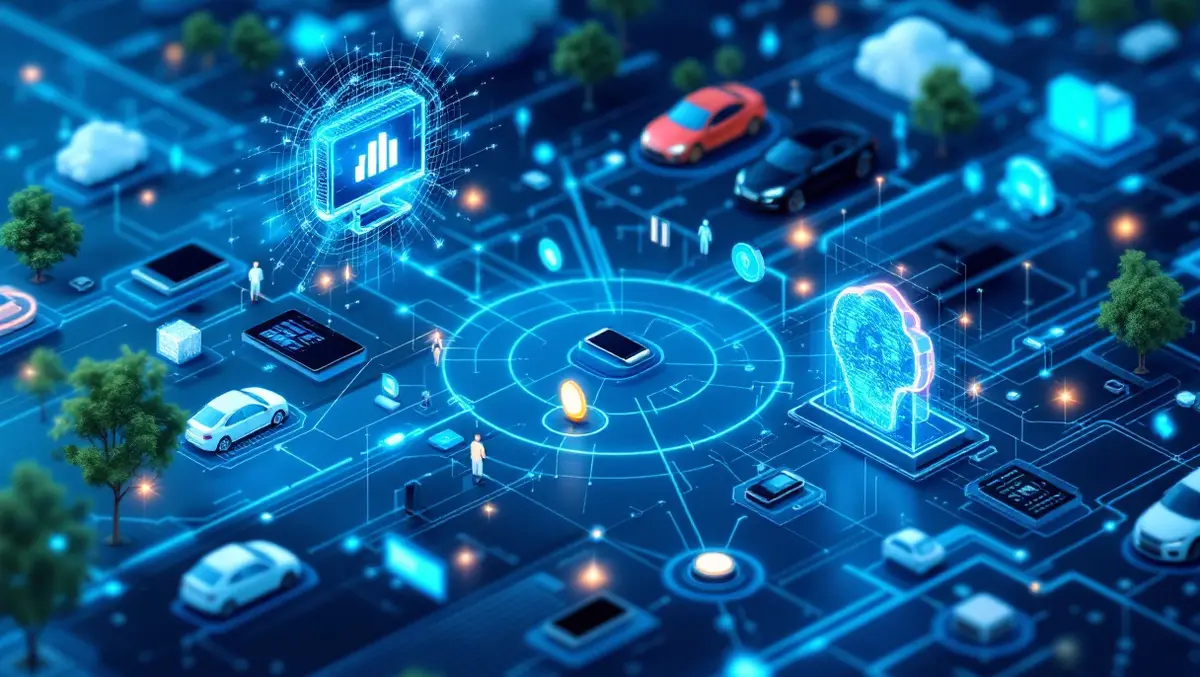
Five trends shaping enterprise tech: AI, connectivity, cars
IoT Analytics has released an analysis outlining five connectivity and computing themes influencing enterprise technology, based on insights gathered from recent technology conferences.
The findings are centred around critical developments in edge artificial intelligence (AI), advances in radio access network (RAN) technology, ongoing innovations in satellite connectivity, shifts within the automotive sector, and changes in cybersecurity compliance.
According to IoT Analytics, edge AI is undergoing significant transformation. The technology is evolving beyond lightweight TinyML models to accommodate more robust models, specifically multimodal large language models (LLMs) and vision-language models (VLMs). These are now being run directly on industrial-grade edge devices, enabling a broader range of applications and supporting increased autonomy on the factory floor and in industrial contexts.
AI's impact on telecommunications networks was another major theme highlighted in the analysis. Radio access networks are becoming a focal point for AI-powered innovation. To address the growing demands for low-latency, real-time applications and increased network complexity, telecommunications operators are adopting AI within the RAN. AI is being integrated in three ways: deployed on the RAN, used for RAN management, and developed in conjunction with RAN architectures.
Satyajit Sinha, Principal Analyst at IoT Analytics, commented on the progress and ongoing challenges facing RAN automation. He said, "AI agents in RAN optimization shows early signs of intelligent assistance, but full automation remains elusive. Although agents contribute operational insights, current systems still require two layers of human oversight—technical validation and business-level confirmation—before execution. This highlights the organizational and policy-driven barriers that prevent full closed-loop automation today."
Satellite technology's role is becoming more pronounced as the industry seeks to expand global connectivity. The analysis notes that satellites are now considered an important frontier for broadening internet and IoT coverage, especially in areas where traditional cellular or fibre-based connectivity is impractical or economically unfeasible.
The automotive sector is described as undergoing a significant transformation, moving away from distributed, domain-based vehicle architectures in favour of zonal computing architectures. This transition is seen as key to enabling fully software-defined vehicles (SDVs). Such a shift is expected to streamline vehicle design and enable new digital services, with vehicles becoming increasingly dependent on software platforms for their operational and entertainment features.
Cybersecurity was another central theme, with a particular emphasis on compliance with cybersecurity regulations and the emergence of post-quantum solutions. As the threat landscape changes and quantum-computing capabilities evolve, companies are being urged to consider future-proofing their security systems.
Mobile World Congress (MWC) 2025 and Embedded World (EW) 2025 provided the backdrop for these insights. IoT Analytics' teams attended both events to closely observe how networks and embedded intelligence are evolving. Their report summarises five main trends witnessed across the two conferences: advancements in AI, continued evolution of connectivity technologies, the future of vehicle computing architecture, the expansion of satellite connectivity, and heightened attention to cybersecurity issues.


